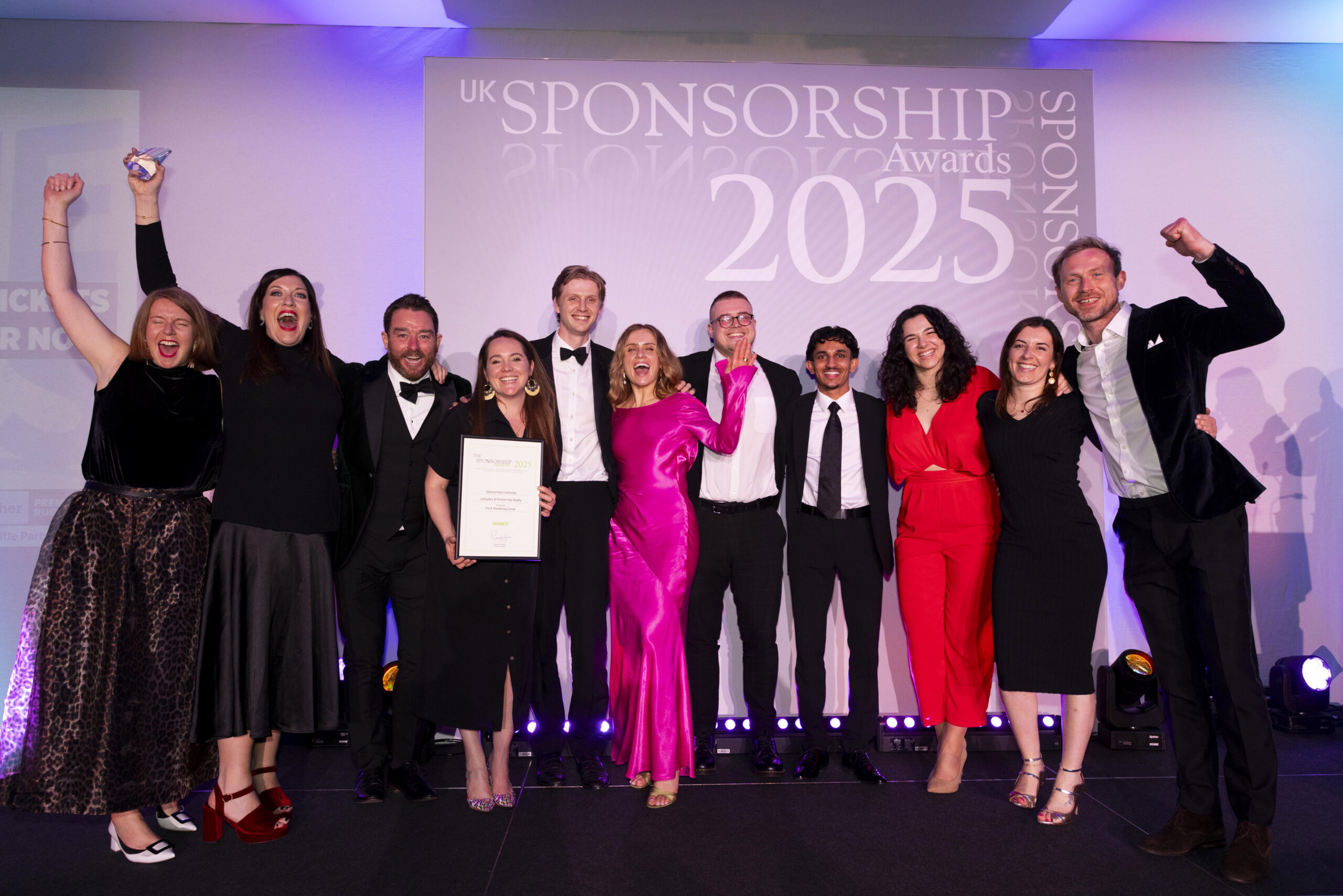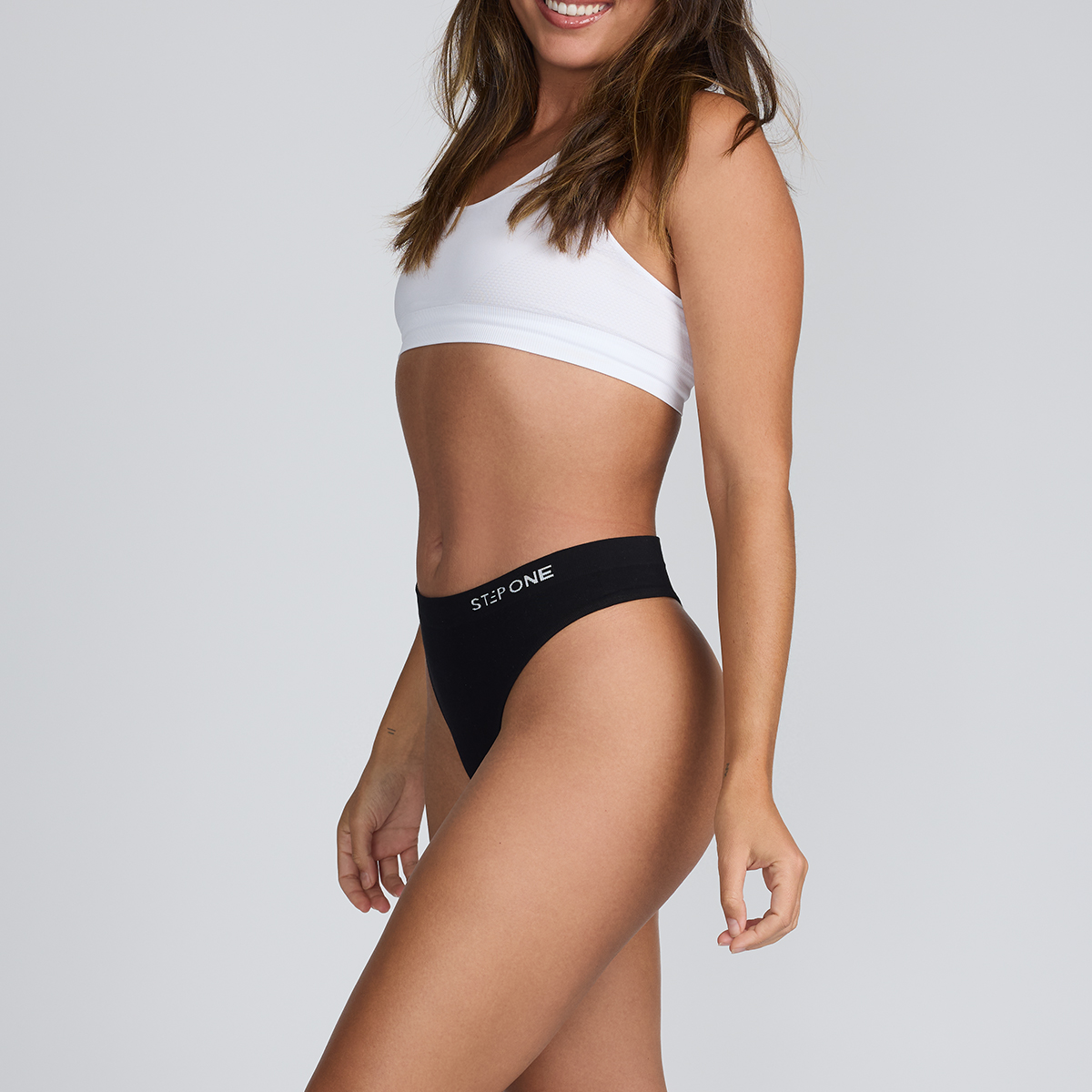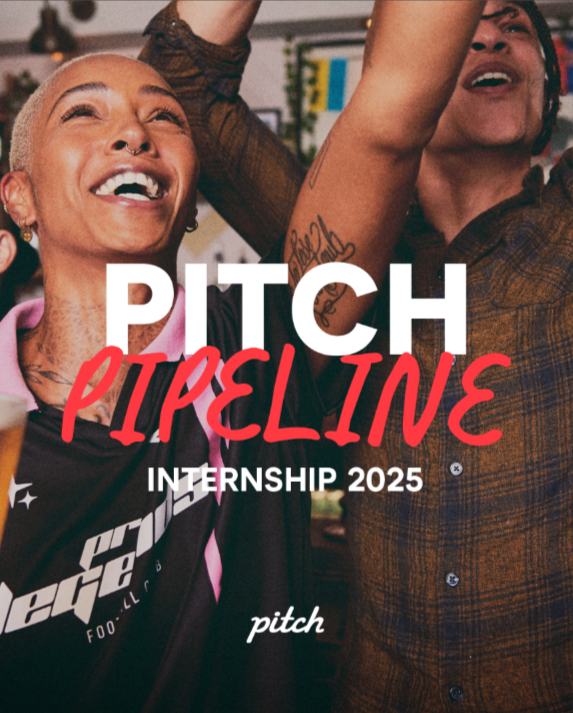With all eyes and ears directed towards manufacturers scrapping for attention at Mobile World Congress in Barcelona this week, it seems an appropriate time to consider the impact of the technology on the sports industry.
Each year, MWC provides a good taste of where the market is heading during the year and allows those working with brands in sport sponsorship and communications a planning insight into how technology can support their activations.
Only this year, I believe that the wrong focus is taking centre-stage.
Wearables are the current darling of the industry, with manufacturers flocking to get in on the action. For those investing in sport, or looking to invest in sport, wearables seem the most popular option – mainly because of their visibility in wider media.
However, the problem with wearables is that the consumer hasn’t found the value in them. We’ve already lost Google Glass through lack of mass-public interest. Smartwatch sales have been particularly uninspiring with the likes of one of the industry leaders, Pebble, taking two years to sell 1m devices. A Gartner report into the wearables market predicted a dip in sales during 2015 due to consumer confusion between smartwatches and fitness bands. More importantly, the main issue for brands is how to integrate wearable technology at the heart of their activations.
There is an argument to say that virtual reality holds the biggest, and most fruitful, opportunities for sport in 2015.
It’s not a statement that hasn’t been ushered before, and even in the 1980s, commentators predicted big things for virtual reality, so why is 2015 different?
- Investment: The Consumer Electronics Show in January and Mobile World Congress 2015 have shown manufacturer intent. Samsung and Oculus Rift are the most noted but, amongst others, HTC have also joined the bandwagon.
- Cost: At around £200 for the Samsung VR Headset and £300 for the higher-market Oculus Rift, the headsets are appearing in a similar (if not cheaper) price bracket to smartwear and therefore it can finally become a household item.
- Experience: Using virtual reality is a mind-blowing experience while wearables offer little practical purpose and even less enjoyment.
If sporting organisations and sponsors have ambitions to be at the forefront of technology in sport and sponsorship, then virtual reality is an essential investment.
They wouldn’t be the first. O2 tested the water of virtual reality in February 2014 with the England rugby squad using Oculus Rift. Given the advancement in the technology since O2’s work, these activations are indicative of what we can expect more of in 2015. When VR headsets become a part of the consumer household, the opportunities are far greater.
The Future
Totally redefining the second screen experience in sport is a realistic, and hugely exciting prospect. Imagine paying £30 to watch Floyd Mayweather vs Manny Pacquiao from a ringside seat? Choosing your seat at the FA Cup final but watching from the comfort of your own home? These are real possibilities. One of our clients, the NBA, are already working with Samsung’s Milk VR Network to put fans courtside and the idea is generating a great amount of interest.
Why not enable users to shake hands with their heroes – or even grab a selfie? You could even embed social media streams to partner the experience? When looking at a player, why not have tweets being sent about them at that specific time? It doesn’t stop there – the opportunities are endless. I believe that brands and broadcasters have the chance to own this experience for consumers and become a central part of enabling that engagement.
Sport is already embracing virtual reality within training with NFL, NBA, golf and football all adopting the technology for performance advancing uses. The opportunities for consumers are just as great – and far more exciting – but we are yet to scratch the surface. It might be one-two years away, but in mass, consumers will embrace the technology as the value is clearly present.
By @tomkelk






